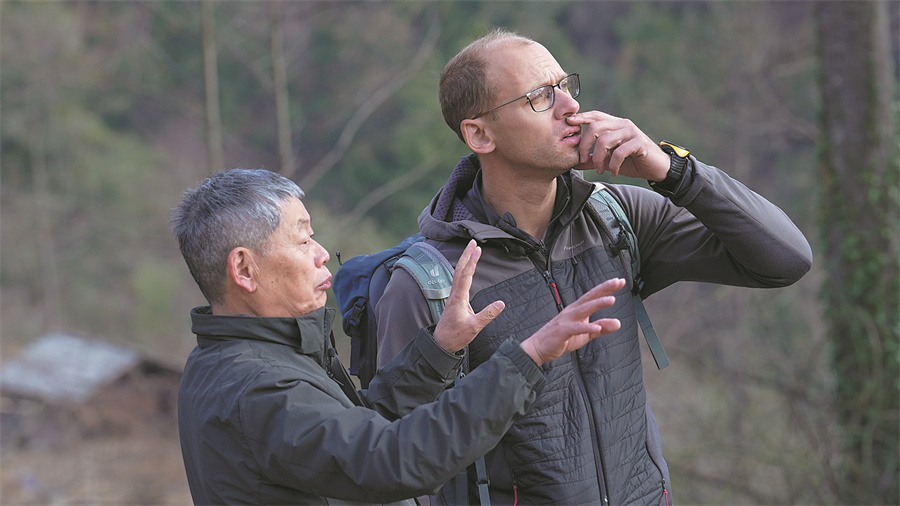Reserve ensures survival of rare monkeys


A decadelong journey
In the 1980s, when the Baima reserve was established to protect the precious species, no one knew exactly how many of the monkeys remained or where they were, because they had disappeared from human sight for about 100 years.
The mystery surrounding the primate intrigued Long Yongcheng, then a researcher at the Kunming Institute of Zoology. He first visited the reserve in 1985 on a trip that led to a lifelong bond with the animals.
"Even the reserve's staff members didn't know what the monkeys looked like. They didn't have a single clear photo of the primate. They once even mistook some macaque monkeys for the Yunnan monkey," he recalled.
Yunnan snub-nosed monkeys have a distinctive appearance: black-and-white fur, pink pouting lips, a punky "mohawk" hairstyle and a tail that's roughly as long as the body.
"How can we protect a species without even knowing any basic information about it?" said Long, who was determined to find the monkeys.
From 1985 to 1994, Long and two assistants, who were the first members of staff at the reserve, left their footprints all over the narrow mountain ranges between the Jinsha and Lancang rivers as they searched for the elusive primates.
"Every search was an adventurous journey. We had to venture deep into the primary forests at altitudes of 3,000 to 5,000 meters. Supplies were carried by horses to sustain our weekslong trips to the mountains. Sometimes, fickle weather and rugged terrain put our lives at risk," Long recalled.
They caught fleeting glimpses of the primate in the trees or observed large groups from a distance, but it wasn't until June 1992 that Long managed to take the first clear photo of the monkeys in the wild as they sat on high cliffs about 100 meters away. Later, his team found 20 groups of the monkeys — 1,000 to 1,500 in total — living in the primary forests, often known as "old growth forests", in the border area between Yunnan and Tibet.























